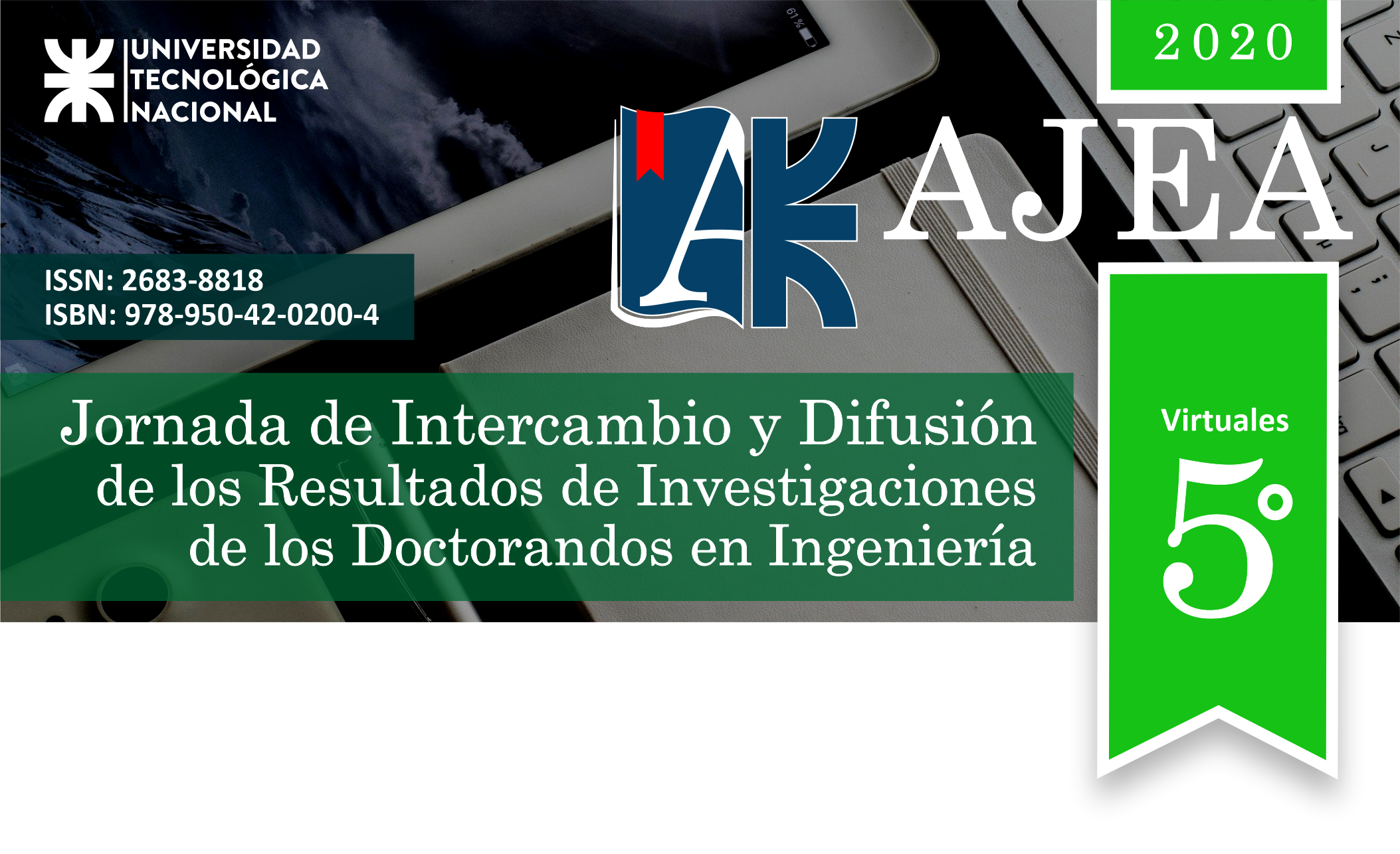Advanced adquisition and processing algorithms for 3D point clouds pertaining to marine mammal information discovery
DOI:
https://doi.org/10.33414/ajea.5.740.2020Keywords:
Point Cloud, Digital image processing, 3D modelAbstract
In recent years, image processing has undergone great improvements within Computer Science. In part this has been due to the benefits that can derived from its aplications, but a larger part of this development has been because of the improvements in technology and the rise in better suited deployment tools. This has enabled a faster and easier implementation of algorithms which would have been almost imposible to fulfill in the previous decade, because of their process reuirements alone.
Furthermore, the cost reduction of advanced visual recording devices has contriuted enormously to the upsurge in research dedicated to their aplications outside of solely commercial use. Within this context, depth sensors (such as 3D sensors) have opened a whole new research area that has made it more accesible at a mainstream level, allowing for the creation and use of 3D models that are actually suited to real world objects instead of predesigned ones. This has paved the way for enormous improvements in other areas of discipline such as biology, where the way scientists obtain information regarding their physical environment has been revolutionized.
This work is aimed towards the research of algorithms for automatic denoising, and the analysis of threedimensional models (point clouds) of the southern elephant seal(Mirounga leonina). This investigation wold provide a faster, more accurate and non-invasive method for morphometric data retrieval. This would also greatly reduce the risks and dangers (to both the research teams and the research subjects) that are associated with the more traditional methodologies that are currently used.










